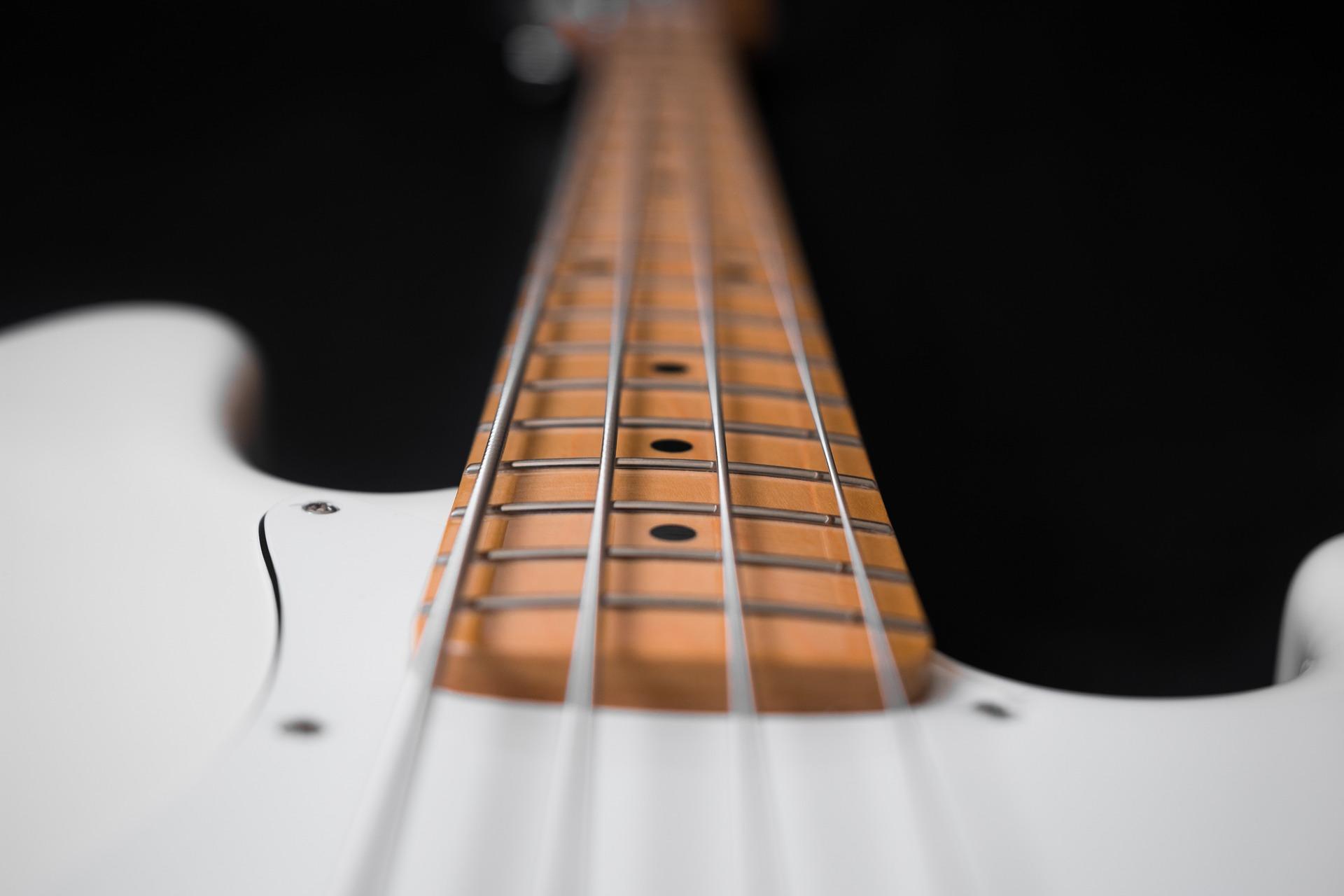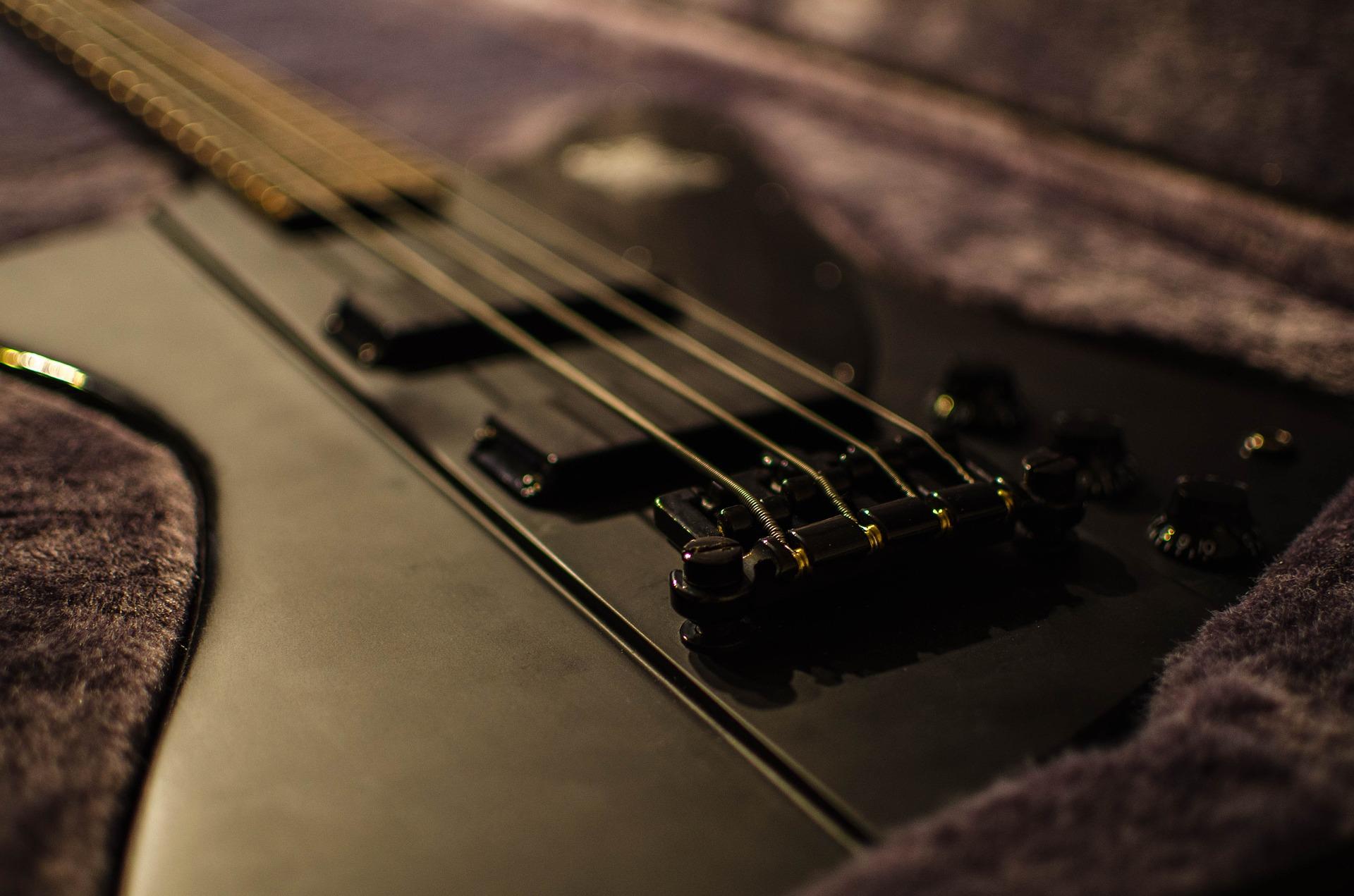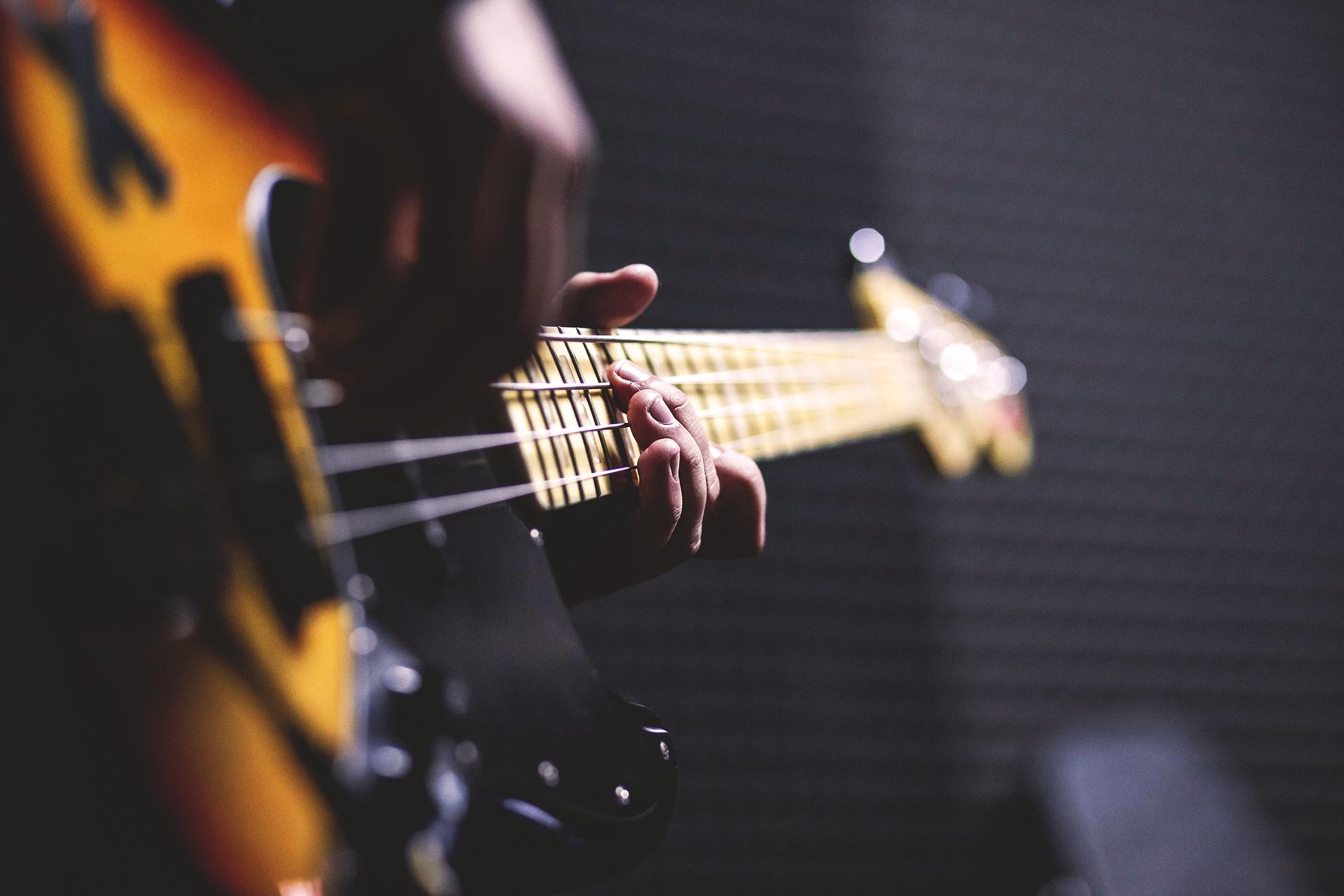“None of us wanted to be the bass player. In our minds, he was the fat guy who always played at the back.” - Paul McCartney
Paul McCartney didn’t have any problems as a bassist. You can learn the bass through improvising, studying riffs, and choosing the right instrument. It doesn’t really matter the type of music you like playing as you can play basslines quite simply by following the bass drum and snare drum. In this article, we'll look at whether you should get a 4, 5, or 6-string bass, the type of wood your bass should be made of, the type of neck it should have, the difference between active and passive basses, and how to check if you've got a quality instrument on your hands.

Should You Get a 4, 5, or 6-string Bass?
You’ll probably be aware that a 4-string bass is the most common and is a direct descendant of the double bass. 
What Type of Wood Should You Go For?
A bass guitar is usually made of two pieces of wood: the body and the neck. 
- Maple: This is light and gives a good attack.
- Rosewood: A dark would with a softer sound.
- Ebony: Very dark. This wood offers a lot of sustain and playability.
To make things easier, you should choose a light bass guitar. Find out more reasons to play bass.

What Type of Neck Should You Get?
To learn how to play the bass, you should pay attention to your instrument’s scale.
The Scale
The Scale is the length of your bass’ neck. It’s measured in inches. The longer the neck, the bigger the space between the frets and the lower the notes you can play. However, a bass with a short scale will be easier for a beginner to play. The standard scale for a bass guitar is 34 inches. Some have short scales of 30 inches. The problem with short scales is that your fingers will work less. If you never change up to a standard scale, you’ll struggle to get the same dexterity. It’s better to start off with the 34-inch scale. Find guitar teachers near me with a private tutor!
The Height of the Strings
The strings of the bass should be close to the neck. Ideally, choose a bass with a flat neck, not one that’s been curved by the tension in the strings. The bridge shouldn’t be too high even though this can stop the strings rattling against the frets. To check the height of the strings from the fingerboard, play on the first fret and play a firm note. If the string rattles on the second fret, try another model.
The Width of the Neck
The neck should be as thin as possible for beginners. If it’s too wide, your left hand will never be able to play the lower strings without covering some of the others and you’ll end up with a sore hand and pick up some bad habits as you try to avoid this. You should get used to how close the strings are to one another so that your right hand can be in the best position.
The Thickness of the Strings
The thickness of the strings will affect how you play. The thicker the strings, the harder they will be to play. You might want to start off with light or extra light strings when you first start playing. Of course, the thickness of the strings will also alter your sound.
What Is the Difference Between Active Bass and Passive Bass?
You can learn how to play the bass like the greats. This starts with choosing the right bass guitar and getting bass lessons. 
Which Brand Should You Pick When You Start Playing the Bass?
Before you start playing the bass in a rock group, you’ll need to pick an instrument, get the basics, and loosen up your fingers. 
- Ibanez GSR200 or GSR320
- Yamaha TRBX174 or TRBX304
- Cort Action Bass
- Epiphone Les Paul Special or Toby Deluxe IV
- Peavey Zodiac BXP
Find out how often you should practise.
How Can You Be Sure of A Bass’ Quality?
If you want to improvise, improve your rhythm, or learn a scale, you’ll need a quality instrument. Here’s some advice for picking a bass, especially if you’re buying second-hand:
- Fret wear.
- The dials (pots) should be fixed and not turn endlessly. These are used to change the volume and tone.
- Check that the wood isn’t split and the finish isn’t scratched.
- The bridge needs to be fixed.
- The strings shouldn’t be too far from the fretboard and it shouldn’t rattle when played.
Getting started with the bass starts by getting the right instrument. Make sure to ask your music teacher for advice. Additionally, if you're getting an electric bass guitar, it's important to look at amps. After all, these are half the instrument. Unlike an acoustic bass or an acoustic electric bass, you can't really hear an electric one without an amp. Once you've got your bass, you'll also need to think about accessories like a gig bag, tuners, the aforementioned amplifier for electric basses, etc. If you opt to learn bass with a private tutor, they'll be able to help you get started and pick the right bass for you.
















